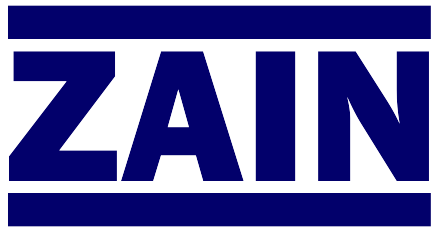Subsurface Aeration Evaluation
Authors:
Michael B. Lakin
Ronald N. Salzman
This paper reviews the increasing theoretical and market attention given to subsurface aeration systems and addresses the confusion surrounding their performance evaluation due to numerous devices and mass-transfer models. It proposes a rigorously complete analytical procedure for subsurface aeration, building on an examination of the surface aeration model's underlying assumptions. The derived approach uses a semiflow-batch reactor model to define a time-dependent dynamic saturation concentration and an overall oxygen mass-transfer coefficient (𝐾𝐿𝑎) for standardized comparison of submerged aeration equipment.
Key Learnings
- Subsurface aeration systems are gaining popularity, but their performance evaluation is complicated by the variety of devices and mass-transfer models used.
- The primary goal of the paper is to present a rigorously complete analytical procedure for evaluating subsurface aeration systems on a standard basis.
- The standard method for evaluating surface aeration performance is non-steady-state reaeration of water, characterized by a first-order mass-transfer model.
- The surface aeration model is based on key assumptions, including mass transfer occurring at the constant-concentration surface, equilibrium being governed by Henry's Law, and the liquid film being the major resistance.
- The established surface aeration model is not applicable to subsurface aeration because the submerged system involves variable conditions (like bubble size, pressure, and concentration) as the gas phase rises.
- The paper develops a subsurface aeration model using a semiflow-batch reactor system concept, where the liquid is well-mixed but the oxygen content of the gas phase changes with position (height).
- The subsurface model introduces a Dynamic Subsurface Aeration (DSA) number (Φ), which helps characterize the specific operating conditions and bubble mechanics of the system.
- The procedure involves using a nonlinear least-squares analysis to fit the concentration-time uptake data to a first-order solution, which defines the concentration profile.
- The overall oxygen mass-transfer coefficient (𝐾𝐿𝑎(T)) is determined from the linear plot of oxygen-transfer rate (OR) versus the dynamic dissolved oxygen deficit.
- The proposed analytical method is superior because it uses the directly observed dynamic saturation concentration and confirms the constancy of the 𝐾𝐿𝑎 value over the run, which validates a major model assumption.
- The model provides a standardized basis to separate mass-transfer evaluation from performance for various submerged aeration devices.
If you can’t see the PDF, click "Open in new tab".

